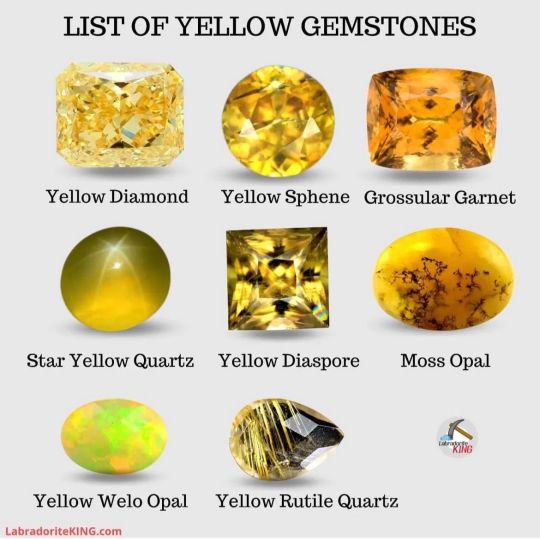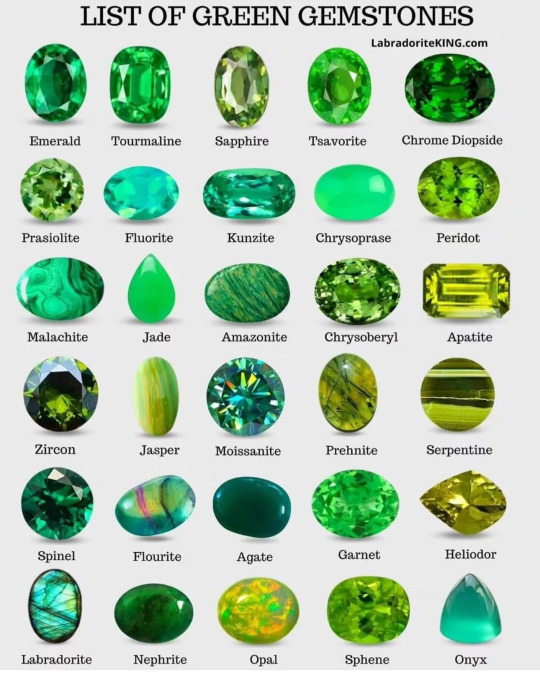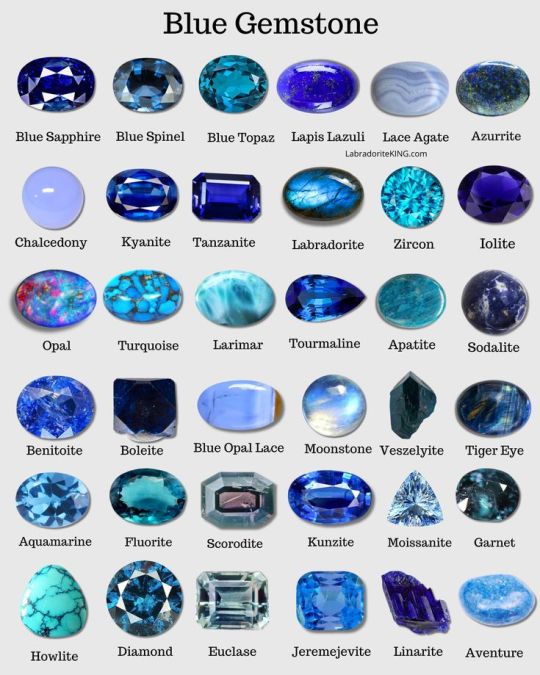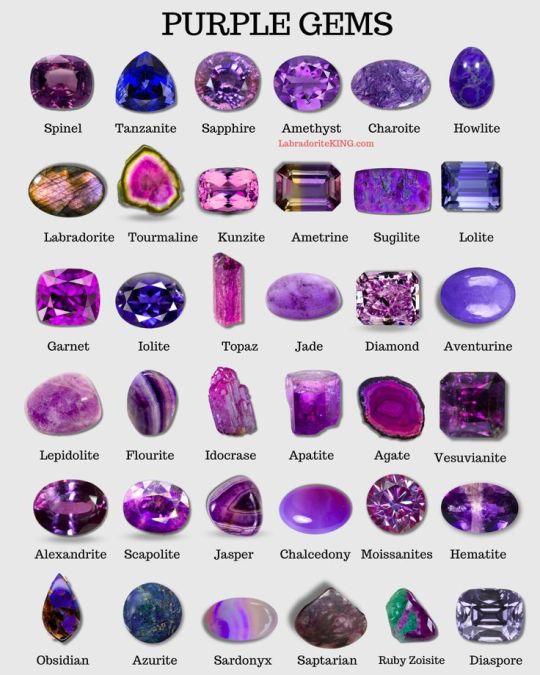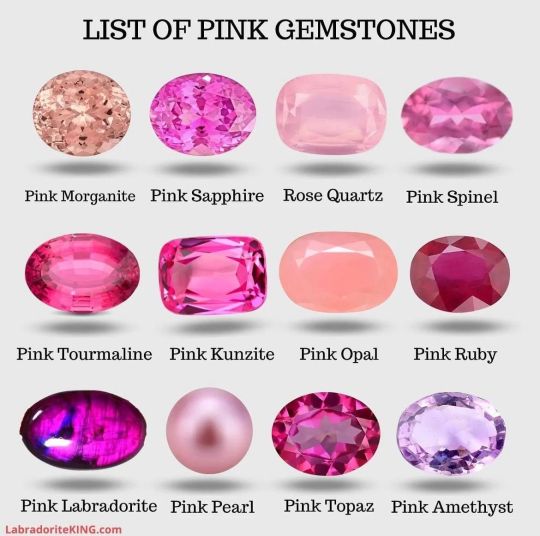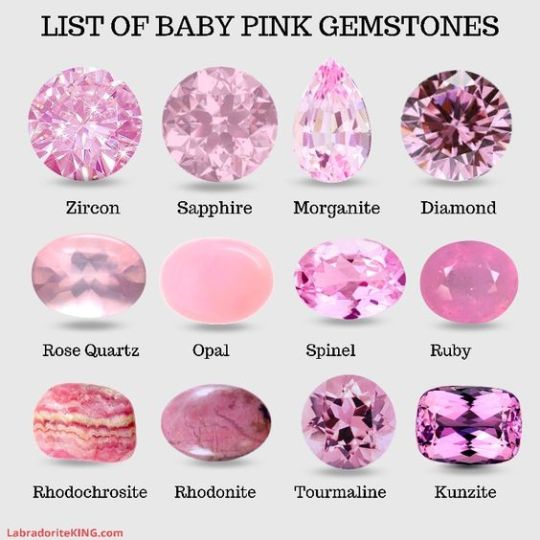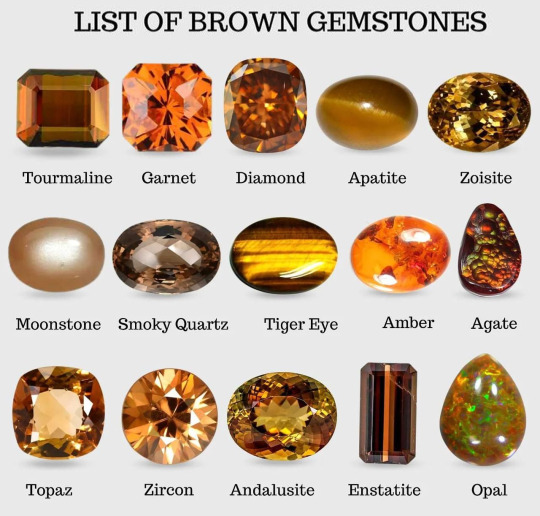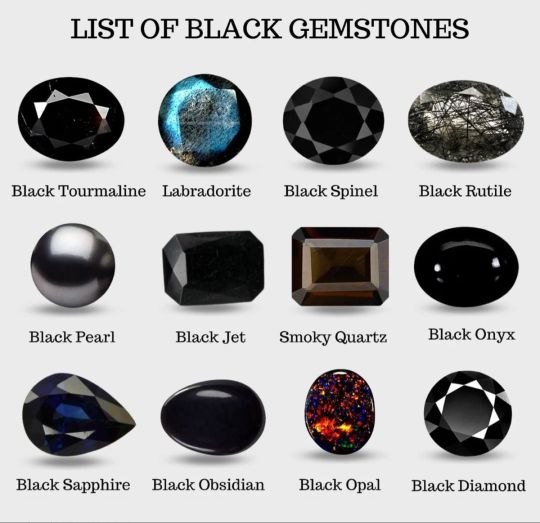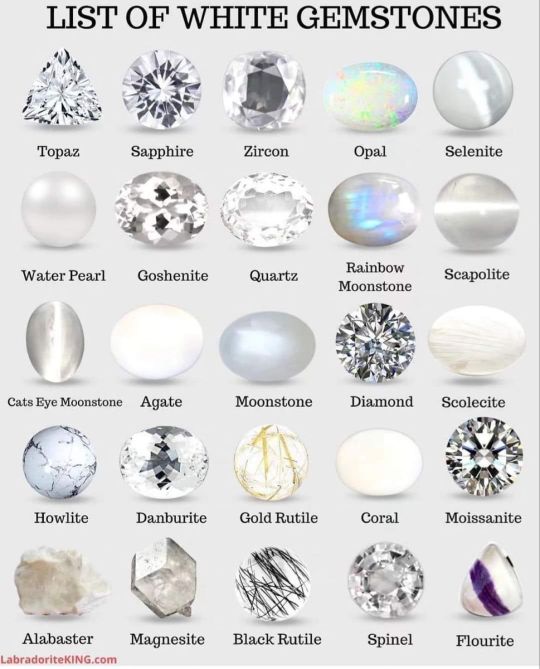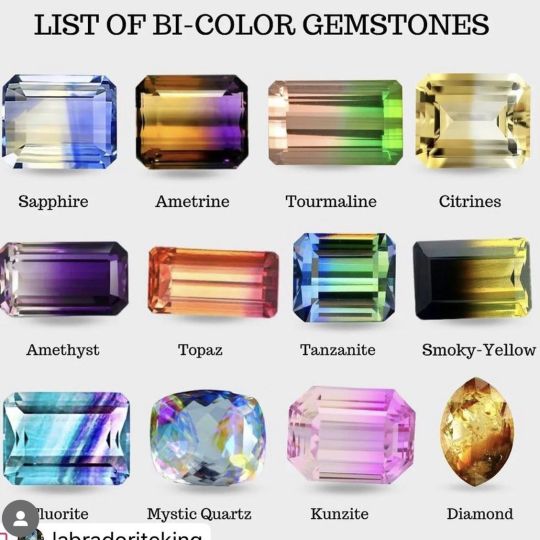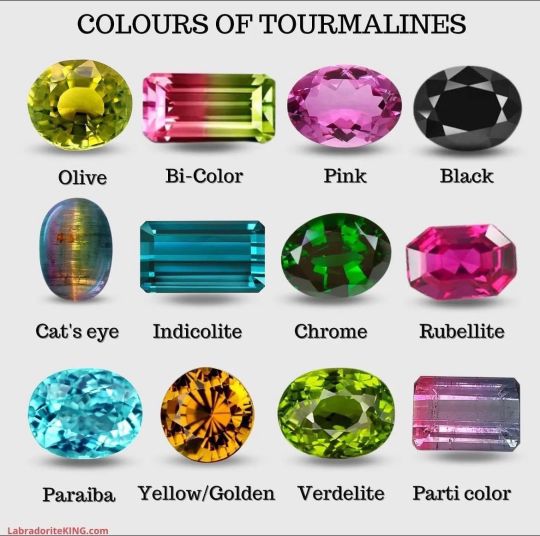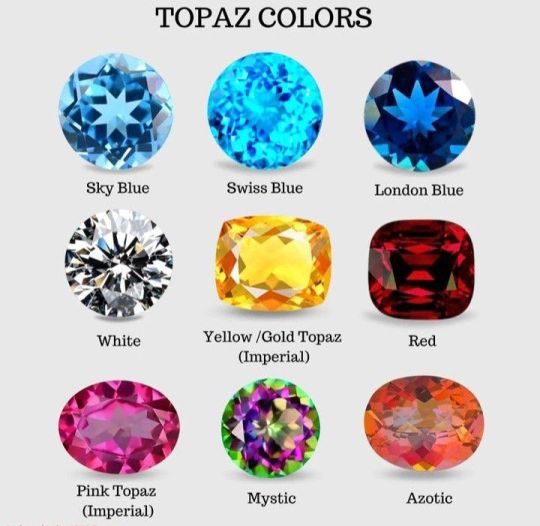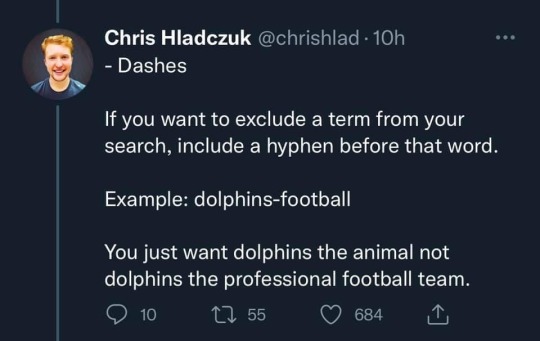Note
Hiiii
I don't know how to make the two love interest meet. I don't know if you understand without it actually being awkward or flat
Meet-Cute Ideas
Before I dive into meet-cute examples, let's look at some general tips for meet-cutes:
Four Different Kinds of Meet-Cutes
Pull/Pull Meet-Cutes where the two characters are instantly drawn toward one another.
Push/Push Meet-Cutes where they are opposites that push away from each other at first.
Push/Pull Meet-Cutes where one character falls for someone with no reciprocal interest (at first).
Neutral/Nervous Meet-Cutes where neutrality and nervousness create a cute scenario for characters destined to fall in love.
How to Avoid Cliche Meet-Cutes!
Subvert audience expectations by making them believe a cliche meet-cute is coming, and then adding a creative twist to make yours stand apart.
Place meet-cutes in unique locations.
Put characters in different scenarios and situations.
Meet Cute Ideas
A is in the waiting room of a hospital while their grandmother goes through a routine procedure. B walks in and sits across from A, head in hands, obviously distraught — “I lost the baby,” B whispers.
You accidentally sprayed them with yogurt when you opened the lid the wrong way.
Studying at the same table in the library, you see they are pulling the same study resources as you.
They mistook your bowling ball for theirs in the shared ball return.
They caught you when you slipped on ice and nearly fell over.
Accidentally stepping on their heel in a crowded room.
You both do the side-to-side dance when you try to pass them in the grocery store aisle.
Humming a song and having them begin to hum with you without thinking.
Tripping while getting into your seat in the theater and spilling your popcorn on them.
You matched with them in an online chat roulette room.
Both of you wore the same ugly Christmas sweater to a party.
A likes to visit the local humane society to say hello to the animals. On this particularly normal day, something especially abnormal happens — one of the dogs speaks. “Help me get out of here, will ya?”
A finds a book of magic in their grandparents attic. A takes it to a Wiccan shop and hesitantly asks B, the shopkeeper, to take a look at it. B takes one look at it and in hushed tones asks, “Where did you get this?”
They cover the small amount of change you are short on for a purchase.
You both go to the counter, having the same type of coffee called for pick-up.
A is walking down the street and notices B, who is staring at a large graffiti mural, tears streaming silently down their face. The mural reads, “you are alive.”
They pull you out of the way from the busy bike path.
They see your ice cream drop to the ground and buy you a new one.
You see your favorite book on their desk during class and ask them about it afterwards.
You walk out of a dressing room asking if the outfit suits you, but it's not your friend waiting outside the room like you thought.
Almost spilling a drink because you met their eyes and got distracted thinking how cute they are.
Getting paired up in a line dance.
Happening to sit next to each other on a park bench, reading the same book.
Being paired up at a beginners ballroom dancing class.
Sharing an umbrella at a bus stop as it snows.
They get your attention and return your phone that fell out of your pocket.
You help catch their dog when the leash slips from their hand.
They ask you to pretend to be their date at a bar to prevent an ex from talking to them.
You help pull a loose thread off the back of their shirt.
Meeting their gaze after throwing a coin in a wishing fountain.
Sitting next to each other at a very boring meeting and bonding over your shared lack of attention.
You wear matching masks at a masquerade party.
Holding the elevator for them and getting off on the same floor.
Bumping into each other while trying to pass through a doorway.
They jump into your car breathless and tell you to keep driving.
You throw a snowball at a friend but miss and hit them instead.
The two of you wear costumes from the same fandom at a costume party.
You help a lost child find their parent together.
Walking into the incorrect bathroom and meeting eyes with them before quickly realizing the mistake.
You help catch their hat as it flies away in the wind.
The person sitting next to you on the train is wearing clothes that match your lucky colors from your fortune that morning in the paper.
They knock on your apartment door instead of your neighbor's.
You both reach for the last umbrella in the store on a rainy day.
You fix your hair in the reflection of a window to see them smiling at you through it.
You get scared by them in a corn maze and lash out and hit them, quickly followed by apologizes.
A spots B writhing on the ground in pain and rushes over to help them — but it turns out that B was actually just filming for a prank video. A gets so mad and upset that B is forced to calm them down as a crowd is beginning to form around them.
Texting the incorrect number but continuing the conversation.
A stops at the pub near their house to pick up some food on the way home (they make the best fries in the neighbourhood) when A receives a phone call – and some terrible news. A starts crying and B, the bartender, asks A what’s wrong. As A opens up to them, B gives A a drink on the house, and helps talk them through it.
You both reach for the final donut in the case at a bakery.
Getting paired up on an amusement park that requires even numbered riders.
164 notes
·
View notes
Note
How to write a character who’s very much on the line between genius and madness ?
Thanks for asking! It can be pretty challenging to write a character who straddles the line between genius and madness. Here are some tips:
Here are some tips on how to create such a character:
Complexity of Thought: Show that your character possesses a brilliant mind capable of extraordinary insights and innovations. They should have a deep understanding of complex concepts and be able to see connections others might miss.
Unconventional Behavior: Have your character exhibit behaviors that seem eccentric or erratic to others. This could include talking to themselves, being intensely focused on their work to the exclusion of all else, or displaying unusual habits or rituals.
Intense Passion: Give your character a fervent passion for their work or interests. This passion can border on or develop into obsession, driving them to pursue their goals with single-minded determination, even at the expense of their own well-being or social relationships.
Emotional Vulnerability: Explore the emotional vulnerability that often accompanies intellectual brilliance. Your character may struggle with feelings of isolation, frustration, or inadequacy, leading to moments of intense despair or even rage.
Unpredictability: Keep your character unpredictable. They might have sudden mood swings or behave in ways that seem illogical or irrational to others, reflecting the unpredictable nature of genius and madness.
Conflicting Traits: Show conflicting traits within your character. They may exhibit moments of profound insight and clarity followed by periods of confusion or irrationality, blurring the line between genius and madness.
Social Alienation: Explore how your character's brilliance and eccentricities can alienate them from society. They may have difficulty relating to others or forming meaningful connections, further isolating them from the world around them.
Internal Conflict: Highlight the internal struggle your character faces as they navigate the fine line between genius and madness. They may grapple with their own identity, questioning whether their brilliance is a gift or a curse.
Symbolism and Metaphor: Use symbolism and metaphor to represent the internal turmoil of your character. This could include imagery of light and darkness, order and chaos, or the juxtaposition of brilliance and madness in their surroundings or actions.
Evolution and Change: Allow your character to evolve over the course of your story. They may undergo periods of growth and self-discovery, coming to terms with their own complexities and finding a sense of balance between their genius and madness.
Remember to approach your character with empathy and nuance, allowing them to be more than just a stereotype. By crafting a multidimensional character with depth and complexity, you can create a compelling portrayal of someone who walks the line between brilliance and madness.
Happy writing!
179 notes
·
View notes
Text
Types Of Writer’s Block (And How To Fix Them)
1. High inspiration, low motivation. You have so many ideas to write, but you just don’t have the motivation to actually get them down, and even if you can make yourself start writing it you’ll often find yourself getting distracted or disengaged in favour of imagining everything playing out
Try just bullet pointing the ideas you have instead of writing them properly, especially if you won’t remember it afterwards if you don’t. At least you’ll have the ideas ready to use when you have the motivation later on
2. Low inspiration, high motivation. You’re all prepared, you’re so pumped to write, you open your document aaaaand… three hours later, that cursor is still blinking at the top of a blank page
RIP pantsers but this is where plotting wins out; refer back to your plans and figure out where to go from here. You can also use your bullet points from the last point if this is applicable
3. No inspiration, no motivation. You don’t have any ideas, you don’t feel like writing, all in all everything is just sucky when you think about it
Make a deal with yourself; usually when I’m feeling this way I can tell myself “Okay, just write anyway for ten minutes and after that, if you really want to stop, you can stop” and then once my ten minutes is up I’ve often found my flow. Just remember that, if you still don’t want to keep writing after your ten minutes is up, don’t keep writing anyway and break your deal - it’ll be harder to make deals with yourself in future if your brain knows you don’t honour them
4. Can’t bridge the gap. When you’re stuck on this one sentence/paragraph that you just don’t know how to progress through. Until you figure it out, productivity has slowed to a halt
Mark it up, bullet point what you want to happen here, then move on. A lot of people don’t know how to keep writing after skipping a part because they don’t know exactly what happened to lead up to this moment - but you have a general idea just like you do for everything else you’re writing, and that’s enough. Just keep it generic and know you can go back to edit later, at the same time as when you’re filling in the blank. It’ll give editing you a clear purpose, if nothing else
5. Perfectionism and self-doubt. You don’t think your writing is perfect first time, so you struggle to accept that it’s anything better than a total failure. Whether or not you’re aware of the fact that this is an unrealistic standard makes no difference
Perfection is stagnant. If you write the perfect story, which would require you to turn a good story into something objective rather than subjective, then after that you’d never write again, because nothing will ever meet that standard again. That or you would only ever write the same kind of stories over and over, never growing or developing as a writer. If you’re looking back on your writing and saying “This is so bad, I hate it”, that’s generally a good thing; it means you’ve grown and improved. Maybe your current writing isn’t bad, if just matched your skill level at the time, and since then you’re able to maintain a higher standard since you’ve learned more about your craft as time went on
908 notes
·
View notes
Text
ATTENTION WRITERS
Google BetaBooks. Do it now. It’s the best damn thing EVER.

You just upload your manuscript, write out some questions for your beta readers to answer in each chapter, and invite readers to check out your book!
It’s SO easy!
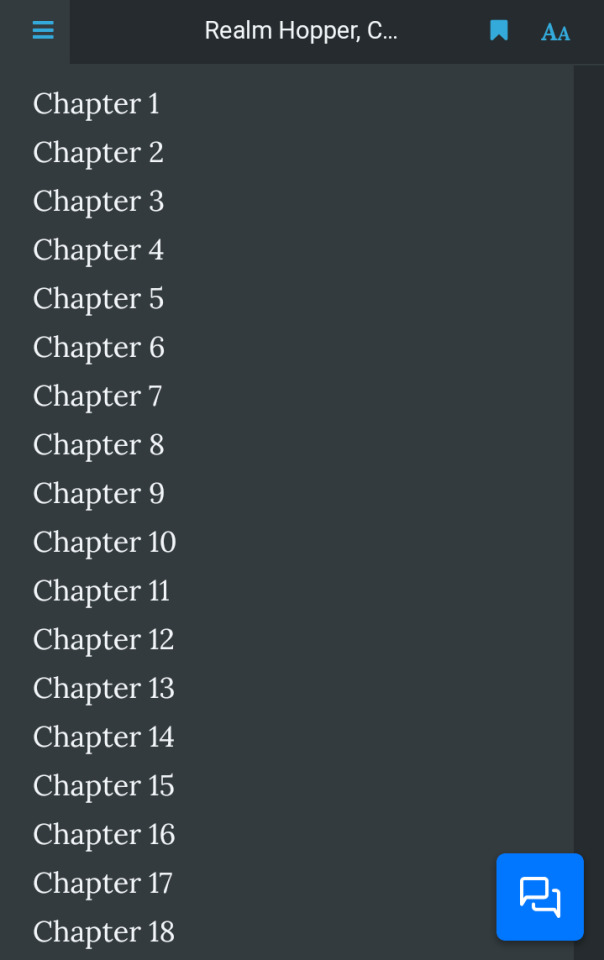
You can even track your readers! It tells you when they last read, and what chapter they read!
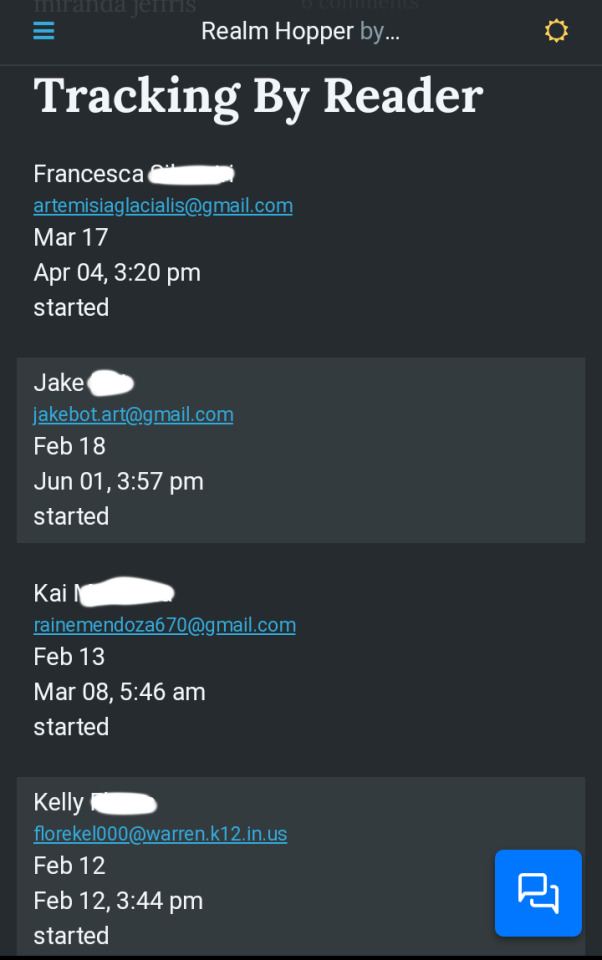
Your beta readers can even highlight and react to the text!!!

There’s also this thing where you can search the website for available readers best suited for YOUR book!
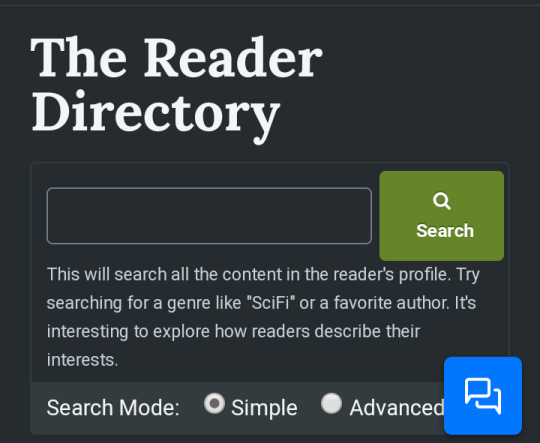
Seriously guys, BetaBooks is the most useful website in the whole world when it comes to beta reading, and… IT’S FREE.
251K notes
·
View notes
Text
For the purposes of this poll, audiobooks and ebooks count as reading.
There's no judgement behind this question; anon doesn't read either. They're just curious about others' reasons.
–
We ask your questions so you don’t have to! Submit your questions to have them posted anonymously as polls.
1K notes
·
View notes
Text
"Why do you care so much about accidentally leaving people out?" Because I've had friend groups where they were the planets and I was their Pluto.
I've had friend groups where our dynamics revolved around a Sun, with everyone vying for their attention if only to bask in their light for a mere moment. Where our thinly strung bonds collapsed the second our Sun left.
I've had friend groups where they bonded as Saturn's rings, finding solace in their shared shortcomings while isolating those more talented than them.
But I've also had friend groups where we bond as Neptune and Uranus—so similar we could be known as twins. Friend groups like Venus and Earth: so awfully different, yet it was those differences that kept us together.
And I would rather create a social system like the latter than the former.
1K notes
·
View notes
Photo

Mediterranean apathy metaphors
47K notes
·
View notes
Text
“how did you get into writing” girl nobody gets into writing. writing shows up one day at your door and gets into you
121K notes
·
View notes
Text
One of the hardest parts of writing gay anything is that they (often) use the same pronouns. Balancing names and pronouns so that I'm not overusing either of them is maybe THE hardest part of writing for me, because if you use 'he' too many times in a row you'll lose track of who's doing what, but too many names is repetitive and awkward to read!
39K notes
·
View notes
Text
How to Outline: For Beginners to Writing Veterans
Let me start out by defining a few things:
Pantsers
These types of writers generally plan out very little before diving into their novels. They might have some ideas, maybe a small outline, but they feel free to take their story in any direction they please. The lack of outlining and planning lends itself to untethered creativity.
Plotters
These types of writers usually have some sort of outline that they follow while writing their novel. They spend some time planning and rewriting their outlines and know what’s going to happen (to an extent). Usually the novel is planned out before they begin writing it, which cuts out the element of surprise for the writer and tends to reduce writer’s block.
There’s no right way to be, but personally I’m a plotter. I probably plot too much. If you’re a pantser and it’s working for you, keep doing it! More power to ya!
However, if you’re looking to experiment with plotting or you just want to learn how to do it, check out these tips below:
Where to Begin:
Skeleton Outline
If you’re looking for a little bit of direction, but don’t feel like/find it necessary to build a huge outline, this is probably what you’re going for. Create an outline that focuses around the main points of your story.
Detailed Outline
A detailed outline usually builds on what you did for the skeleton outline. This adds more detail to the structure of your story and helps focus on fleshing out what’s going to happen throughout the novel. I usually add in some sections about my characters and any sort of world building I might do.
Chapter-by-Chapter Outline
This is literally when you plan out each chapter of your novel. Some might find it unnecessary to get that detailed, but if you have pacing problems or want to cut down on extensive editing, this might work best for you.
How to:
Skeleton Outline
This is essentially the “road map” of your story. Figure out what the conflict is and focus on the beginning, middle, and sometimes the end (a lot of writers aren’t completely sure what their ending will be, but sometimes it helps to have to planned out so you can effectively lead up to it in the story. It could also help with tone issues. Example—if you ending is dark, you might want to set up the audience for that).
For a skeleton outline it helps to focus on story arcs. For example,
· Stasis
· Trigger
· The Quest
· Surprise
· Critical Choice
· Climax
· Reversal
· Resolution
Learn more about story arcs here: http://www.dailywritingtips.com/how-to-structure-a-story-the-eight-point-arc/
Filling out those story points will help you build a more detailed outline if you choose to do so and will help you focus your story, so it’s not all over the place. If you want to have a clear idea where you’re headed, but don’t want to bog yourself down with the details, a skeleton outline might be best for you.
Detailed Outline
For a detailed outline, you basically just take your skeleton outline and flesh it out. Add to each section of the story arc and drop in more detail. Focus on what scenes will help you get across each main story point.
For example:
Stasis – Amy lives with her mother and her sister in a house that’s nearly falling apart. She’s unhappy with her life and her family doesn’t treat her well.
This is Amy’s everyday life, but you can do more to plan it out before jumping into writing. What’s Amy’s home life like? What does her family do to treat her poorly? What scenes will you explore to show the audience what’s going on.
Maybe Amy’s sister teases her or makes her do all the chores. Maybe Amy’s mom often doesn’t come home or doesn’t take care of her children. Explore these ideas and use them to flesh out your outline. Then, you’ll have some idea what to write when the time comes, instead of just something vague. This could also help you cut down on telling instead of showing.
Chapter-by-Chapter Outline
This takes a lot of time, but from experience, it does help cut down on the editing process, AND it helps you write a synopsis and query letter when or if the time comes. I spent around a month writing my last chapter-by-chapter outline, so I know exactly what I’m going to do when I start writing. I prefer this because I know I won’t get stuck and I’ll be able to get through the draft quickly. If you like to write fast, which I do because I like to keep my excitement for my project up when I’m writing, a chapter-by-chapter outline might work for you.
A chapter-by-chapter outline might be difficult for your first time writing a novel because you might not know how long it should be or what your strengths and weaknesses are as a writer. There’s no right answer for how long a chapter-by-chapter outline should be because only you know how long your chapters usually are or if you have any problems with word count (Is your novel usually too long? Too short?).
Anyway, if you feel like you want to do a chapter-by-chapter outline, I usually do something like this for each chapter:
Chapter 1:
Paragraph or more about what’s happening in the chapter. Think about each chapter as its own tiny story. Each chapter should have a beginning, middle, and end, and should lend itself to the overall story. Think about what the purpose is for each chapter and what information you want to convey to the reader.
Conflict (I tend to write a sentence about what the conflict is in each chapter. If I can’t find any, I know that’s a sign I need to rewrite that section of the outline. There should always be conflict! There should always be something driving the plot forward!)
I also suggest letting your chapter-by-chapter outline sit for a week or so and editing it. I know that sounds like a lot of work, but that will help your catch any plotting, pacing, or conflict problems BEFORE you start writing. If you’re a planner, this will help tremendously.
Additional Notes:
Obviously, some people like editing. They feel that’s when their story really comes together and they love that aspect of it. They like tearing their story apart, starting over, and building something new. That’s perfectly okay! You don’t need to have a detailed outline if that doesn’t work for you.
The reason I focus on planning is because I can look at the bigger picture before I start the draft. I have a clear focus and I know what’s coming next.
Also, there are plenty of ways to write an outline. How I do it isn’t necessarily right, it just works for me. Experiment with it until you find something that makes you feel comfortable.
What I’m really saying is:
There are no rules for writing. Whatever feels right or whatever makes you happy is what you should focus on. If you don’t want an outline, don’t write one. If you’ve been having trouble with writer’s block or the editing process, maybe try it out! Figure out what’s right for you!
17K notes
·
View notes
Text
What No One Tells you about Writing #3
Opening this up to writing as a whole, because it turns out I have a lot more to say!
Part 1
Part 2
1. You don’t fall in love with your characters immediately
But when you do, it’s a hit of serotonin like no other. I’d been writing a tight cast of characters for my sci-fi series since 2016 and switched over in a bout of writer’s block this year to my new fantasy book. I made it about ⅓ through writing the book going through the motions, unable to visualize what these new characters look like, sound like, or would behave like without a ‘camera’ on them.
Then, all of a sudden, I opened my document to keep on chugging with the first draft, and it clicked. They were no longer faceless elements of my plot, they were my characters and I was excited to see what they could accomplish, rooting for them to succeed. Sometimes, it takes a while, but it does come.
2. Sometimes a smaller edit is better than a massive rewrite
Unless you’re changing the trajectory of your entire plot, or a character’s arc really is unrecoverable, sometimes even a single line of dialogue, a single paragraph of introspection, or a quick exchange between two characters can change everything. If something isn’t working, or your beta readers consistently aren’t jiving with a character you yourself love, try taking a step back, looking at who they are as a person, and boil down what your feedback is telling you and it might demand a simpler fix than you expect.
Tiny details inserted at the right moment can move mountains. Fan theories stand on the backs of these minutiae. One sentence can turn a platonic relationship romantic. One sentence can unravel a fair and just argument. One sentence can fill or open a massive plot hole.
3. Outline? What outline?
Not every book demands weeks upon weeks of prep and worldbuilding. I would argue that jumping right in with only a vague direction in mind gives you a massive advantage: You can’t infodump research you haven’t done. Exposition is forced to come as the plot demands it, because you haven’t designed it yet.
Not every story is simple and straightforward, but even penning the first draft with your vague plan, *then* going back and adding in deeper worldbuilding elements, more thematic details, richer character development, can get you over the writer’s block hurdle and make it far less intimidating to just shut up and write the book.
4. It’s okay to let your characters take the wheel
I’ve seen writing advice that chastises authors who let their characters run wild, off the plan the story has for them. Yeah, doing this can harm your pacing and muddy a strong and consistent arc, but refusing to leave the box of your outline greatly limits your creativity. I do this particularly when writing romantic relationships (and end up like Captain Crunch going Oops! All Gays!).
Did I plan for these two to get together? No, it just happened organically as I wrote them talking, getting closer, getting to know each other better in the circumstances they find themselves in. Was this character meant to be gay? Well, he wasn’t meant to be straight, but you know what, he’d work really well with this other boy over here. None of that would have happened if I was bound and determined to follow my original plan, because my original plan didn’t account for how the story that I want to tell evolves. You aren’t clairvoyant—it’s okay if it didn’t end up where you thought it would.
5. Fight. Scenes. Suck.
Which is crazy because I love fantasy and sci-fi, the actiony-est genres. Some authors love battle scenes and fistfights. It comes naturally to them and I will forever be jealous. I hate fight scenes. I hate blocking and choreographing them. I hate how it doesn’t read like I’m watching a movie. I hate how it could take me hours to write a scene I can read in 5 minutes. I hate that there’s no way around it except to just not write them, or put in the elbow grease and practice.
Whatever your writing kryptonite is, don’t be too hard on yourself. It won’t ever replicate the movie in your head, but our audience isn’t privy to that movie and will be none the wiser of how this didn’t fit your expectations, because it’s probably awesome on its own. It could be a fight scene, sex scene, epic battle, cavalry charge, courtroom argument, car chase—whatever. Be patient, and kind to yourself and it will all come together.
6. Write the scenes you want to write first
And then be prepared to never use them. It can be mighty difficult working backwards from a climax and figuring out how to write the story around it, but if you’re sitting at your laptop staring at your cursor and watching it blink, stuck on a tedious moment that’s necessary but frustrating, go write something exciting. Even if that amazing scene ends up no longer working in the book your story becomes, you still get practice by writing it. Particularly if you hate beginnings or the pressure of a perfect first page is too high, you’re allowed to write any other moment in the book first.
And with that, be prepared to kill your darlings. Not your characters, I mean that one badass line of dialogue living rent free in your head. That epic monologue. That whump scenario for your favorite character. Sometimes it just doesn’t work out anymore, but even if it ends up in the trash, you can always salvage something from it, even if that’s only the knowledge of what not to do in the future.
7. “This is clearly an author insert.” … Yes. It is. Point?
No one likes Mary Sues, because a character who doesn’t struggle or learn to get everything they want in life is uncompelling. The most flagrant author inserts I see aren’t Mary Sues, they’re nerdy, awkward, boring white guys whose world changes to fit their perspective, instead of the other way around—they don’t have anything to say. I’m not the intended audience to relate to these characters and I accept that, but I don’t empathize with the so-called “strong female character” who also doesn’t have flaws or an arc either.
A good author insert? When the author gives their characters pieces of themselves. When the “author insert” struggles and learns and grows and it’s a therapeutic experience just writing these characters thrown into such horrible situations. They feel human when they’re given pieces of a human’s soul. They have real human flaws and idiosyncrasies. I don’t care if the author wrote themselves as the protagonist. I care that this protagonist is entertaining. So if you want to make yourself the hero of your book, go for it! But make sure you look in the mirror and write in your flaws, as much as your strengths.
335 notes
·
View notes
Text
the concept of “plot armor” has done irreparable damage to media analysis and literacy. “oh the only reason this character didn’t die is because they need to be alive later in the story” you don’t fucking say.
42K notes
·
View notes
Text

How are literary and Commercial Stories Different?
Literary plots are meant to explore a specific theme/convey a message to the reader.
Literary plots can be slow paced.
Literary plots can have different types of endings.
Commercial plots are meant to entertain.
Commerical plots are fast-paced.
Commercial plots must almost always have a happy ending.
For Literary Plots:
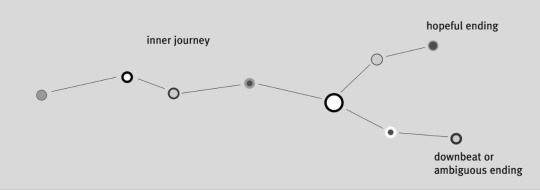
detailed characterization: authors explore the inner change and development of the character (which means the external action is going to be slower paced)
use of metaphors, symbols, and presentation of ideas in a way that requires analysis
aims to deliver a message or moral
On the other hand, Commercial Plots:
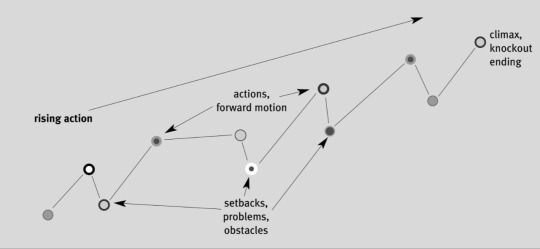
fast-paced and action oriented, delivers highly emotional scenes so entice the reader rather than ambiguous writing
uses intuitive language, setting and tropes to help readers immerse in the story world quickly
often, the stakes are a lot higher
the ending needs to provide a sense of satisfaction for the readers. Otherwise, they might not feel compensated for all the time they invested in reading.
If you like my blog, buy me a coffee! ☕
Reference: <Write Great Fiction: Plot and Structure (techniques and exercises for craftin a plot that grips readers from start to finish)> by James Scott Bell
139 notes
·
View notes
Text
The Character Arc: 101
As opposed to the plotline, the character is a description of what ahppens to the inside of the character over the course of the story.
Your lead character should be a different person at the other end of the arc.
The character has a build to it. It must, or the change will not be convincing. A good character arc has:
A beginning point, where we meet the character and get a sense of his interior layers (more on layers in a moment)
A doorway through which the character must pass, almost always reluctantly
Incidents that impact the layers
A deepening disturbance
A moment of change, sometimes via an "epiphany"
An aftermath
Layers of a Character
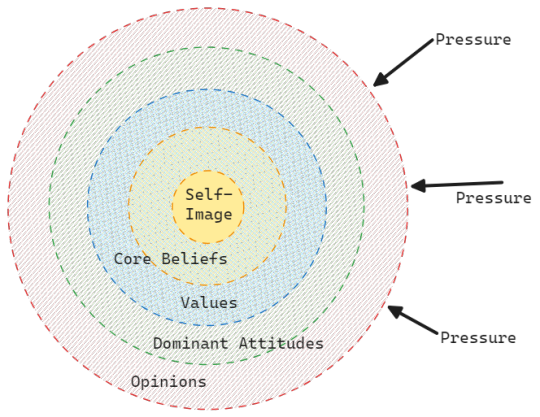
The layers get "softer" (easier to change) as you move outward. The point of the whole character arc is to crack these layers one by one with external pressure until the character changes in a major way.
As an example: Scrooge from <A Christmas Carol>?
Core Image = miser, misanthrope
Beliefs = pointlessness of charity
Values = money over people
Attitude = profit is more important than good works
Opinion = christmas is a humbug
The Beginning = The character is, well, what he usually is.
Impacting Incidents = There's pressure for the character to change.
it is best to underplay such moments.
Overdo it, and you will lapse into melodrama.
Deepening Disturbances = The initial "lesson" is followed up by an even more shocking pressure
Aftermath = There is an action which indicates that the character is changing, reacting to the external pressure.
The Epiphany = The big moment of change.
The Character Arc Table
List the impacting and deepening incidents in your novel in a table
Add the first (starting) and last (ending) points of your plot
Now, list how your character's inner world changes along with the external changes that take place.
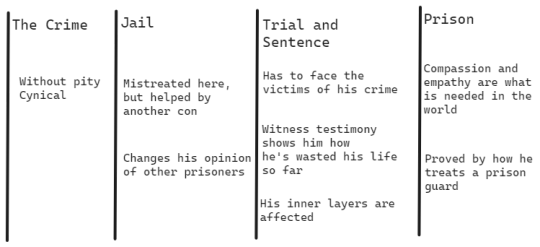
If you like my blog, buy me a coffee☕ and find me on instagram! 📸
2K notes
·
View notes
Text

No one is without fault, but some are at more fault than others.
Do you need a character whose point of existence seems to get on the bad side of every other character?
Here's a list of things to pour into their Creation Bowl:
Negativity
Dishonesty
Rigidness: stubbonr, inflexiblity of the mind, even when the situation calls for it.
Rudeness
Judgementalness
A lack of empathy for others: they don't need to be outwardly cruel to be this.
Cynicism
Recklessness
Pickiness
Argumentative, all the time
Short-tempered
Bossiness
Self-centeredness
Arrogance
Stinginess
Sneakiness, nosy
Impulsiveness
Laziness
Apathetic
Conflict avoidance
Manipulation
Selfishness
Perfectionism, towards themselves and even others
They never apologize
They're overly naive (and don't even want to get over their stupidity)
A wrong sense of superiority
Vitimizing themselves
Compulsively lying
If you like my blog, buy me a coffee! ☕
185 notes
·
View notes



